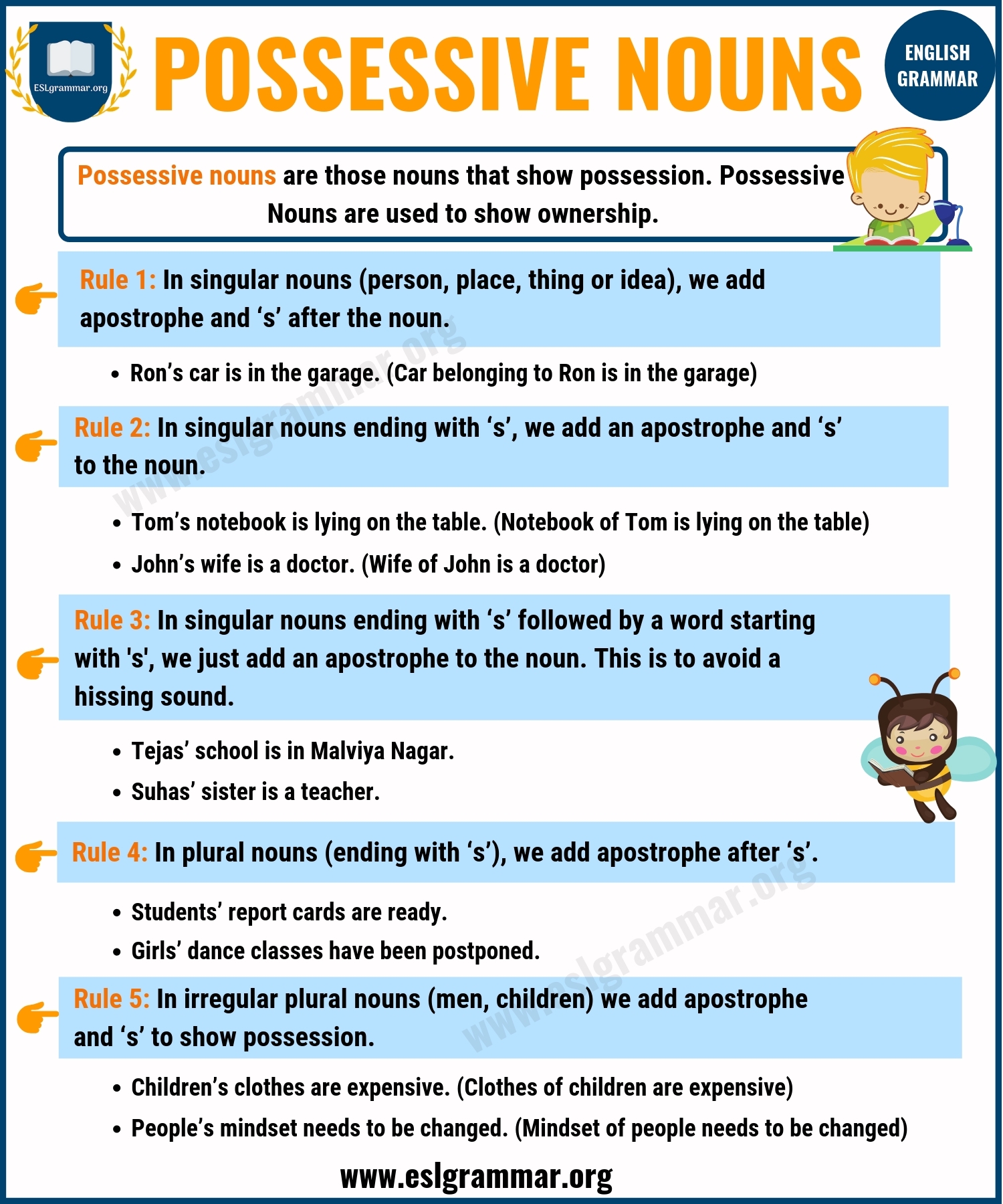When it comes to writing, grammar plays a crucial role in ensuring clear communication. One aspect of grammar that often confuses writers is the proper use of possessive forms. Understanding how to correctly form possessives, especially in plural situations, can make a big difference in the clarity of your writing.
Plural possessive form is used to indicate that something belongs to or is associated with more than one person or thing. It is essential to know how to form plural possessives correctly to avoid confusion and ensure that your writing is grammatically correct.
Plural Possessive Form
When forming the plural possessive of a word that ends in “s,” you simply add an apostrophe after the “s.” For example, “The students’ books were scattered all over the classroom.” In this case, the books belong to more than one student, so the possessive form is “students’.”
For plural nouns that do not end in “s,” you add an apostrophe followed by an “s.” For instance, “The children’s toys were all over the yard.” Here, the toys belong to multiple children, so the possessive form is “children’s.”
When dealing with compound nouns, the apostrophe is added to the last word in the compound. For example, “The mothers-in-law’s opinions varied on the subject.” In this case, the opinions belong to multiple mothers-in-law, so the possessive form is “mothers-in-law’s.”
It is important to remember that the apostrophe is never used to form the plural of a word, only to indicate possession. Using plural possessive form correctly can help prevent misunderstandings and ensure that your writing is clear and professional.
By mastering the rules of plural possessive form, you can improve the quality of your writing and avoid common grammar mistakes. Practice using plural possessives in your writing to become more comfortable with these forms and enhance your communication skills.
In conclusion, understanding and using plural possessive form correctly is essential for effective communication. By following the rules and practicing regularly, you can ensure that your writing is clear, concise, and grammatically correct. Paying attention to details like plural possessive form can make a big difference in how your writing is perceived and understood by others.
